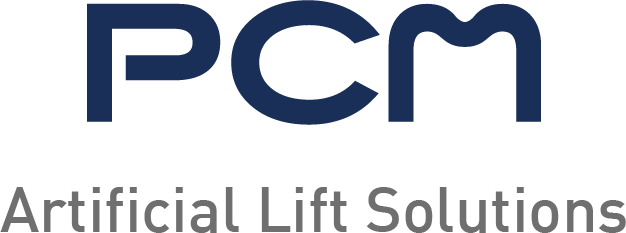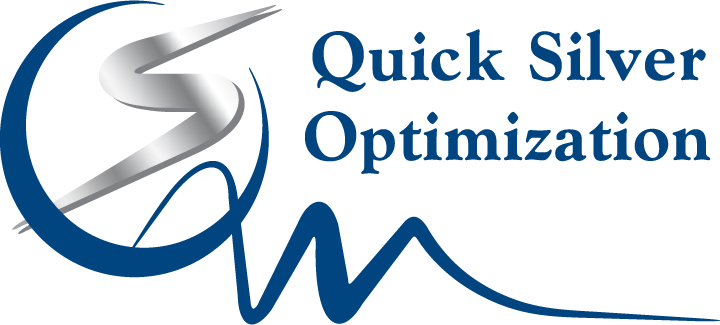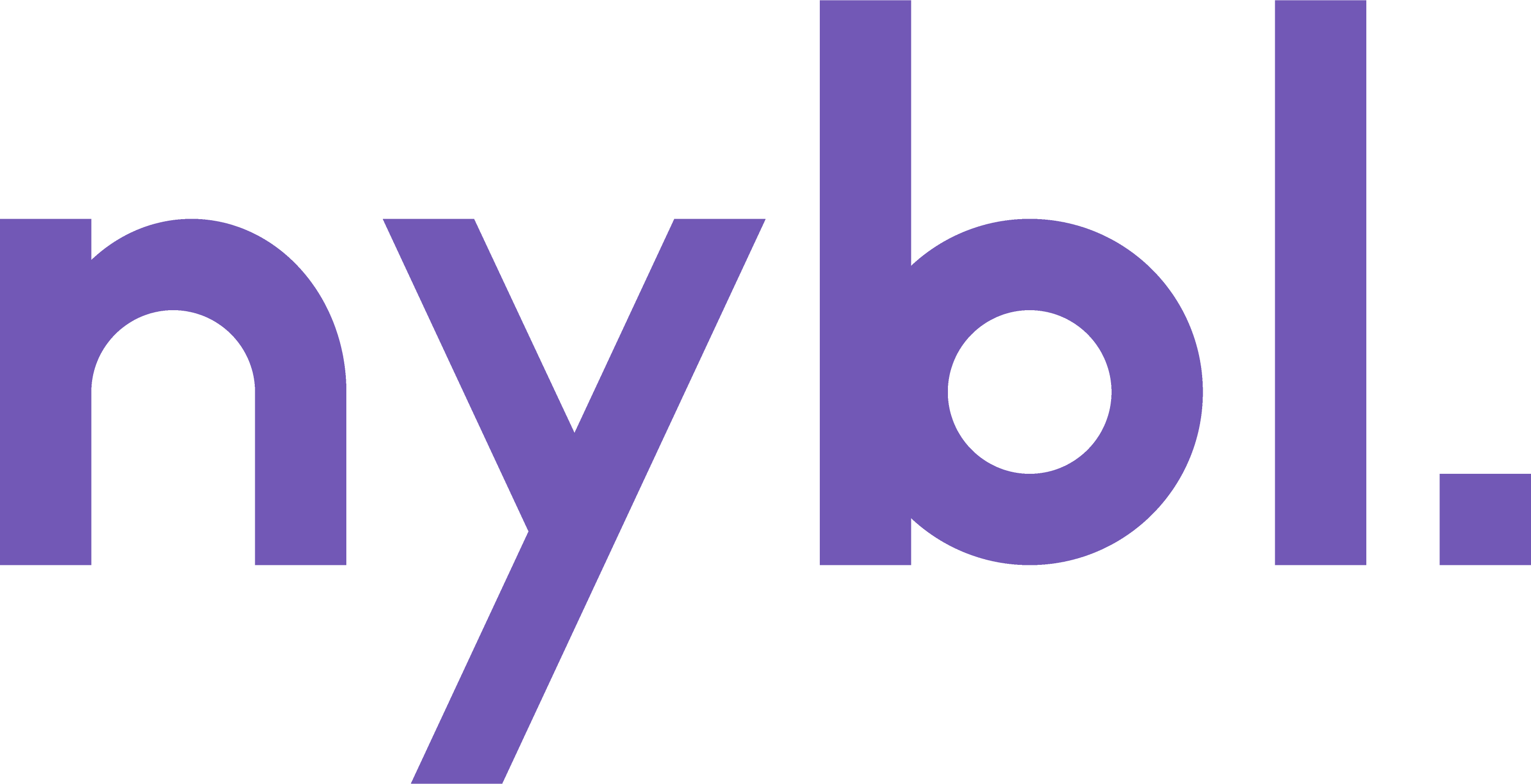Operators and producers worldwide are navigating volatility in commodity prices, shifting demand dynamics, and tightening capital discipline. While technological advancements have created new efficiencies, challenges remain. Reservoir complexity, high water cut environments, sand production, and extended-reach laterals are pushing lift systems to their limits. In this environment, the imperative is clear: extend run life, reduce interventions, lower lifting costs, and maintain output performance across the life of the well.
Enhancing Uptime and Production with Smarter Lift
Simply installing a standard ESP or deploying a conventional gas lift system no longer guarantees efficiency. Artificial lift today requires full integration of downhole sensors, surface analytics, and reservoir models to deliver dynamic performance. Beyond mechanical improvements, data-driven diagnostics now make it possible to identify performance losses from issues such as scale buildup, gas interference, or pump inefficiencies before they escalate into workovers.
Stakeholders are increasingly focusing on autonomous lift systems that respond to real-time well conditions. These self-tuning systems use AI and machine learning to automatically adjust drawdown, optimize flow rates, and maintain ideal operating conditions, minimizing downtime while maximizing reservoir drainage. This evolution brings together reservoir engineering, data science, and surface operations in ways that were not previously possible.
Moreover, the move toward holistic, field-wide lift management strategies, in which multiple wells across a pad or basin are monitored and optimized collectively, is proving to be a breakthrough for major operators, especially in unconventional plays where production profiles vary significantly over time.
The Road Ahead
We are entering an era where artificial lift planning must consider not only initial well productivity but also adaptive performance across fluctuating reservoir conditions. Advances in materials, deeper subsurface modelling, and remote operations capabilities are coming together to create lift systems that are both rugged and responsive.
This progress is especially relevant in the Canadian oilfield landscape, where operators must manage heavier crudes, abrasive conditions, and harsh environments. Artificial lift technologies are being re-engineered for greater resilience, whether through gas lift valves with anti-corrosive coatings or PCPs with higher torque tolerances to handle elevated solids content. Autonomous lift control systems and predictive diagnostics are increasingly viewed not as add-ons but as critical infrastructure for reliable production.
At the same time, the integration of artificial lift with broader field development strategies, from early-stage well planning through to decline management, is reshaping how upstream companies approach production optimization. It is not only about lifting oil; it is about managing every phase of well life to maximize long-term asset value.
From Challenge to Opportunity
Despite persistent pressure on margins and investor demands for disciplined spending, forward-thinking E&P companies and shale operators are leveraging lift innovations as a competitive edge. Artificial lift is not only extending the economic limit of production but also playing a key role in meeting ESG and methane intensity targets through better control and reduced emissions from venting or flaring. Emerging business models, from lift-as-a-service to remote lift performance centres, are giving operators new ways to minimize capital outlay while improving performance visibility. Collaboration between lift equipment providers, data analytics firms, and field operations teams is unlocking efficiencies not previously realized.
As we look toward 2026, the companies that succeed will be those that view artificial lift not as a standalone function but as a cornerstone of their field development and digital transformation strategy.
Artificial Lift Canada 2026 will bring together the full ecosystem of producers, lift system innovators, shale specialists, investors, and regulatory leaders to showcase the tools, insights, and strategies shaping the future of hydrocarbon production.













